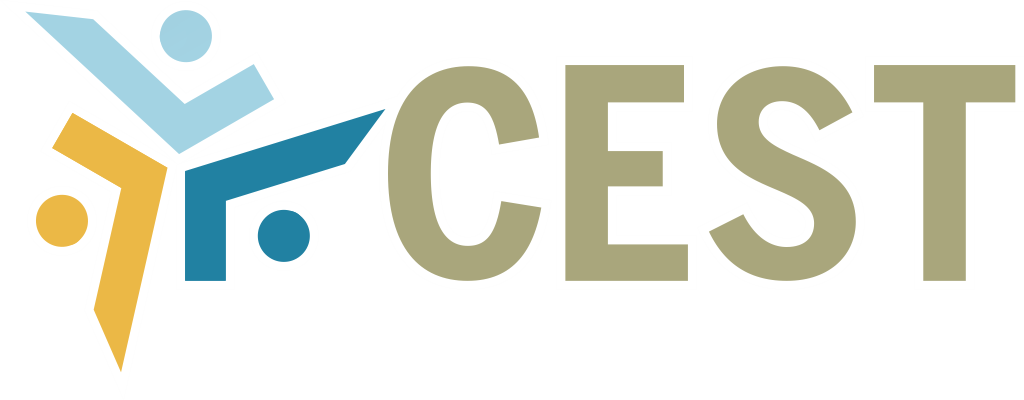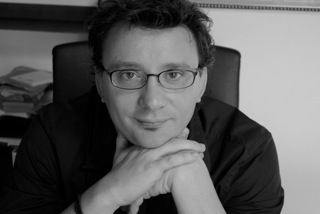– July 19, 2019 –
Nascimbeni works as Assistant Professor at the Universidad Internacional de la Rioja (UNIR), where holds the Telefonica Chair on Digital Society and Education.
What has to be considered of great relevance to sustaining Openness in Higher Education?
Openness in higher education is steadily gaining ground, both at institutional and at policy level. In universities, we are at the point where a number of pilot experiments with Open Educational Resources and Open Educational Practices are becoming mainstream institutional practices, while at the policy level the good news is that UNESCO will soon be publishing a Recommendation on OER for all its members states. Also, the MOOC panorama is quite active, and despite the fact that MOOCs are not always as open as they could be, they are becoming a possible way to bridge formal and informal learning, and this is for sure an interesting development. All these developments are helping Open Education to be potentially a sustainable part of mainstream higher education.
Is OE and OER here to stay?
I think open approaches are definitely here to stay, even if the road towards “open education ecosystems” is still long. We are in fact seeing islands of openness emerging in different countries and in different institutions, but apart from a few cases these are not reaching the system level. Also, the challenge is to maintain the attention high, so that ideas can become projects, projects can become mainstream developments, and these can influence the whole education ecosystem in terms of infrastructure, resources, pedagogies and business models.
What are the challenges related to building OEP capacities of university professors?
The main challenge is to change educators’ mindsets towards openness. Professors are used to teach in traditional systems, targeting only their students and too often they are not brave enough to experiment – even in those cases when they are using open resources – with open pedagogies. The positive impact of opening up education settings at institutional level has been demonstrated, as well as the positive impact that using open approach can have on students performance, and at the same time building capacity to work in the open is not the greater obstacle. But until the majority of professors will adopt an open mindset systemic change will not happen.
Is OE more related to freedom of access or something else?
Open Education is both about improving access to education and improving the quality of it. While the access issue is rather clear, think for example of the impact of using OER on the cost of textbooks, works still needs to be done on the connection between the use of open approaches (in resources but also in teaching and assessment strategies) in order to fully benefit from what openness can bring. What is appearing is a more and more holistic vision of open education, put forward for example by the European Commission with the OpenEdu framework, that encompasses many more dimensions than access.
What characterizes an open educator? What skills and competencies should he/she have?
In the Open Educators Factory project we have tried to define what an Open Educators is:
“An Open Educator choses to use open approaches, when possible and appropriate, with the aim to remove all unnecessary barriers to learning. She works through an open online identity and relies on online social networking to enrich and implement her work, understanding that collaboration bears a responsibility towards the work of others.
An Open Educator implements openness along four main activities. She:
- Implements Open Learning Design, by openly sharing ideas and plans about her teaching activities with experts and with past and potential students, incorporating inputs and transparently leaving a trace of the development process.
- Uses open educational content, by releasing her teaching resources through open licenses, by facilitating sharing of her resources through OER repositories and other means, and by adapting, assembling and using OERs produced by others in her teaching.
- Adopts Open Pedagogies, fostering co-creation of knowledge by students through online and offline collaboration, allowing learners to contribute to public knowledge resources such as Wikipedia.
- Implements open assessment practices such as peer and collaborative evaluation, open badges and e-portfolios, engaging students as well as external stakeholders in learning assessment.”
This definition tries to embed and to connect all dimensions of an educator’s work. In our research at UNIR iTED, we have demonstrated a clear connection between all these dimensions, and we are suggesting that openness has many entry points, so that every educator can start their openness journey from whatever starting point they prefer.
A recent attempt to define which competences should such an open educator possess has been done by the European Commission with their Practical Guidelines on Open Education for Academics: modernising higher education via open educational practices, that presents a number of checklists to advance the use of Open Educational Practices from an educator’r viewpoint.
What is the scenario of OE and OER in Europe? Is it different from Brazil?
Europe is rather active and advancing towards the adoption of open practices, as demonstrated by the recent creation of the European MOOC Consortium and by the increasing attention of organisations such as the European Commission towards the issues of open access and open science. Brazil, which has recently celebrated its 10th anniversary in terms of Open Education advocacy, is also very active and has reached very important results during 2018, such as the Projeto de Lei REA 1513/2011 approved by the Federal Parliament, the federal training program Educação Conectada with the support of the Ministry of Education, and the Meeting for the creation of a Latinamerican Coalition for Open Education.
The main difference between Europe and Brazil is that Europe is a much more complex ecosystem with different languages, legislations and educational cultures, while Brazil – despite its wide disparities – is somehow more homogeneous. The complexity of Europe, which is both a richness and a challenge, is somehow mitigated by the strong drive from the European Commission on Open Education.
How can one disseminate the culture of OE in the universities?
I believe Open Education is a rather easy concept to sell within a university, typically through awareness raising activities and capacity building work. What is difficult, as said before, is to transform interest in mainstream implementation: for this to happen a clear political will at the highest level of the university must be in place, and this must materialize in tangible incentives and in a professional support system for those educators that want to seriously change their practices by adopting open resources and methods. Many good courses on how to adopt OER and OEP exist (such as the recent OER Starters Kit by Abbey Elder), but capacity is just one part of the equation. We need continuous awareness raising, policy commitment and incentives if we want openness to thrive in the long run.
 English
English Português
Português

